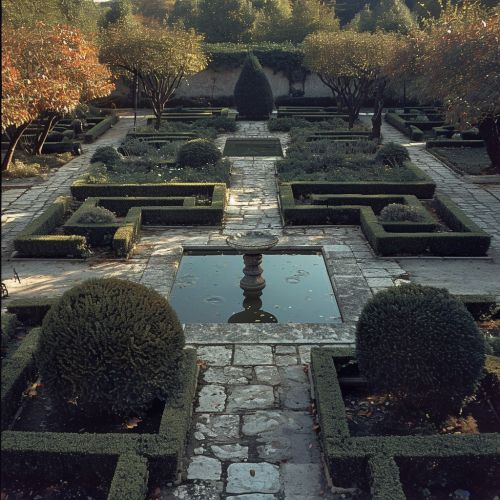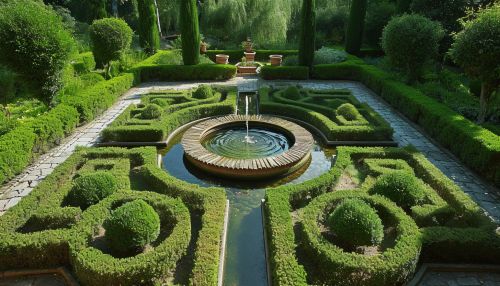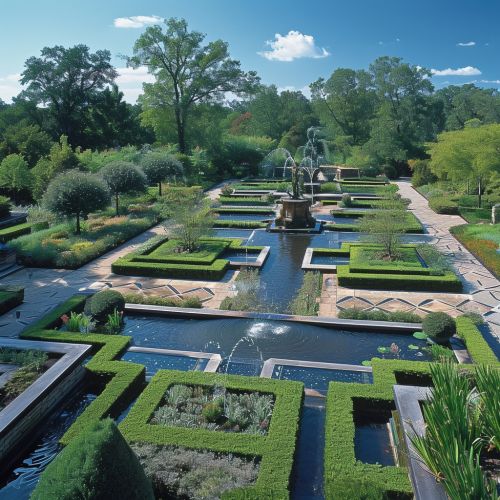Garden history
Origins of Gardens
The concept of gardens has been a part of human civilization for thousands of years, originating in the Neolithic era. The earliest evidence of planned gardens comes from ancient Egypt and Mesopotamia, where gardens were used for both practical and aesthetic purposes. These gardens were often designed around a central water source, with plants arranged in geometric patterns.


Ancient Gardens
In ancient times, gardens were not just for beauty, but also served practical purposes. In Egypt, gardens were often attached to temples and were used to grow herbs and other plants for medicinal and religious purposes. Similarly, in ancient Mesopotamia, gardens were an integral part of palace complexes and were often used to grow food and provide shade.
In Greece, gardens were seen as a place of relaxation and were often attached to gymnasiums. The Greeks also introduced the concept of public gardens, which were open to all citizens. In Rome, gardens were a status symbol and were often elaborate and grand in design.
Medieval Gardens
During the Middle Ages, gardens took on a more spiritual role. Monastic gardens were used to grow food and medicinal herbs, but they were also designed to inspire contemplation and prayer. These gardens often featured a central courtyard surrounded by cloistered walkways.
In the secular world, castle gardens were used for both practical and aesthetic purposes. They often included orchards, vegetable plots, and ornamental gardens. The design of these gardens was often influenced by the principles of sacred geometry, with the garden layout reflecting the structure of the cosmos.
Renaissance Gardens
The Renaissance period saw a revival of interest in classical garden design. Italian Renaissance gardens, such as the Villa d'Este and the Boboli Gardens, were designed to reflect the ideals of order and harmony. They often featured geometric layouts, water features, and a variety of plants and trees.


In France, the Renaissance garden evolved into the formal French garden, exemplified by the gardens of Versailles. These gardens were characterized by their symmetry, formal geometric layouts, and grand scale.
Modern Gardens
The 18th century saw a shift towards more naturalistic garden designs. The English landscape garden, exemplified by gardens like Stourhead and Capability Brown’s designs, aimed to create a picturesque landscape that looked natural, but was in fact carefully planned and managed.
In the 19th century, the concept of the public park was introduced, providing green spaces for urban dwellers. The design of these parks often incorporated elements of both formal and landscape garden styles.
In the 20th century, modernist principles influenced garden design, with a focus on functionality and simplicity. Contemporary garden design continues to evolve, with a focus on sustainability, native planting, and the integration of outdoor and indoor spaces.
